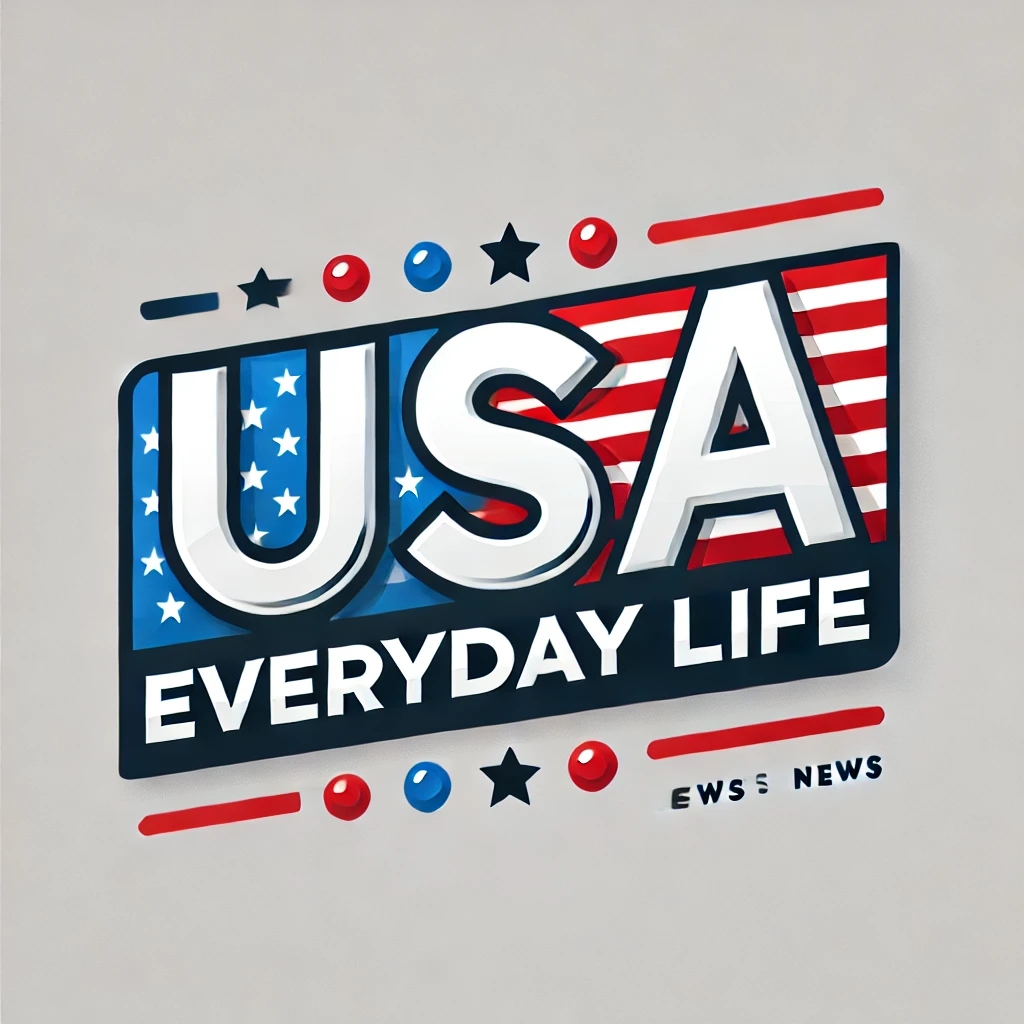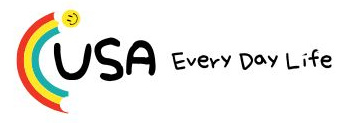President Donald Trump is set to announce widespread tariffs on Wednesday, and Wall Street is scrambling to figure out what sectors will be hit, and which stocks may have already taken their lumps. Trump is expected to release the details of his new global tariff plan on April 2. The policy is being pitched as broader and more permanent than the levies already announced, which have been altered on a rolling basis over the past two months. However, it still isn’t clear how the new levies will work or if they are subject to negotiation. “Trump has said there may be ‘flexibility’ after April 2. Markets should read flexibility as uncertainty, in our view,” Barclays public policy analyst Michael McLean said in a note to clients on March 28. Morgan Stanley strategist Michael Wilson said in a March 31 note to clients that the most tariff-sensitive sectors are consumer discretionary, tech hardware and capital goods. If the tariffs are big enough to cause economic damage, the cyclical stocks within those groups could be hit from multiple angles. “We’ve consistently been of the view that among these 3 tariff-exposed cohorts, Capital Goods is the best positioned given its stronger pricing power. While this continues to be the case in relative terms, Capital Goods’ cost structure faces risks from tariffs and earnings revisions have turned decidedly negative for Industrials … we think this is an opportune time to take profits in Industrials and move from overweight to equal weight,” Wilson said. Whether the tariffs will be equal across countries is also up in the air. The Washington Post reported Tuesday that White House aides were preparing for potential levies of about 20% on most imports . Trump and his allies have also talked about “reciprocal” tariffs that could vary from country to country . The second approach could lead to a more complicated impact for different industries. “A quarter of Packaged Food originates from Canada, while Beverages are highly exposed to Mexico (Soft Drinks, Beer and Distilled Liquors) and Europe (Wine and Bottled Water),” Evercore ISI strategist Julian Emanuel said in a March 30 note. “Health Care products, especially Pharmaceuticals are highly exposed to European supply (60%+ from Europe), as are Personal Care/Cleaning goods.” In terms of individual companies, Morgan Stanley published a list of stocks with unfavorable exposure to tariffs. That list includes industrial stocks like 3M and Honeywell . Shares of 3M have outperformed in 2025, rising more than 13%, but Honeywell’s stock is down 6.3%. 3M has largely completed its restructuring while Honeywell is in the midst of one. Other stocks in the Morgan Stanley exposure list include retailers Best Buy and Five Below and automaker Stellantis . All three are down sharply for the year already. Stellantis isn’t the only auto stock that ‘s struggling. Ford and General Motors both dropped sharply in late March after Trump announced tariffs targeted specifically at cars and trucks. Investors will look to see how Wednesday’s tariff plan interacts with existing levies to get a clearer picture of the road ahead for automakers. Of course, the fact that some stocks have already taken a beating may mean that they have priced in some or all of Wednesday’s announcement. That means that some of the more exposed stocks could see limited selling after the announcement or even enjoy a relief rally if the tariffs are not as high as feared. Barclays analyst Seth Sigman said in a March 31 note to clients that the tariff risk may already be reflected in Five Below’s share price but agreed with Morgan Stanley that Best Buy is an at-risk stock. “On paper, [Best Buy, Floor & Decor Holdings , Arhaus and Target ] seem to have the most incremental risk,” Sigman said in a March 31 note to clients. — CNBC’s Michael Bloom contributed reporting.





